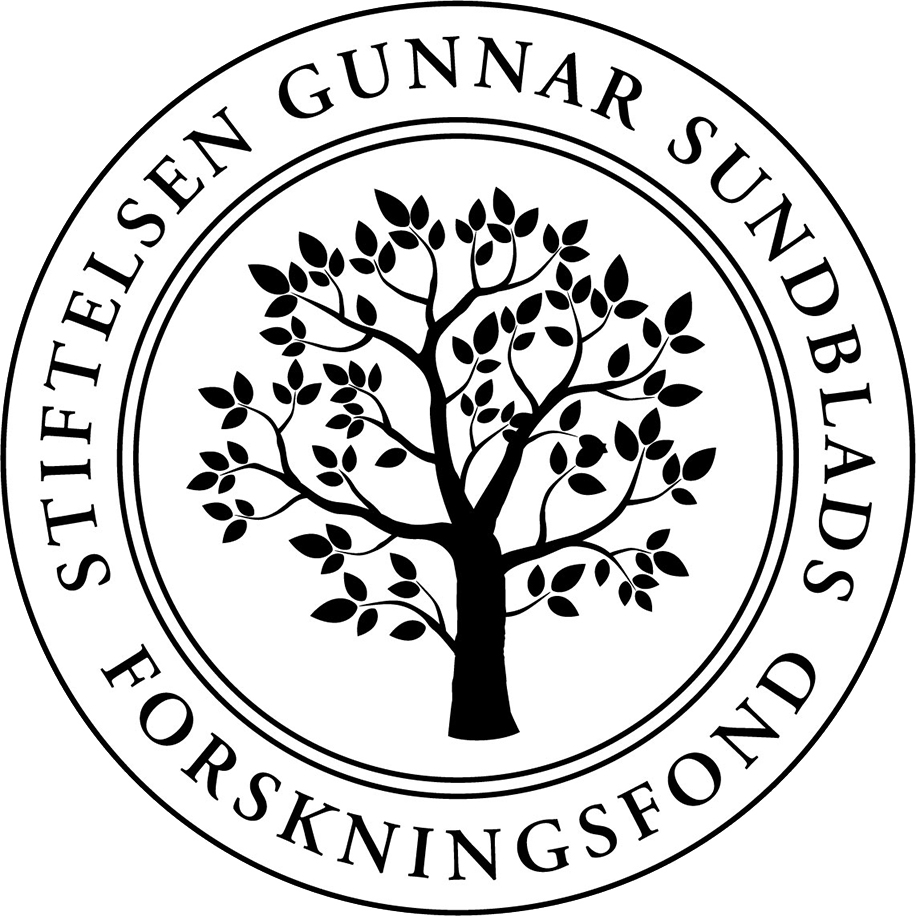Sustainable forest management, biodiversity and resilience to climate change
The importance of sustainable and multifunctional forest management is widely acknowledged, due to its benefits for society. Resilient and diverse European forests, managed through different types of ownership, provide a wide array of forest ecosystem services including raw material production, climate change mitigation, biodiversity conservation and protection of water-related ecosystems.
A
Capitalizing on the interdependencies between forest management and functional diversity
The extent to which forest management interventions impact on stand development depends on the relationship between biodiversity and ecosystem functions. This relationship affects forest stands’ capacity to provide services like biomass production, as well as their resilience and restoration potential. In terms of functional traits in forest ecosystems, research is needed on the cause-effect relationship between two spheres: on the one hand, genetic and tree species diversity, structures at landscape and stand level, and soil diversity; and on the other hand, silvicultural and harvesting regimes. Relevant traits and threshold should be identified to allow better selection of genetic material and species combinations, with the goal of maximizing sustainable ecosystem functions. All sustainability aspects, as well as the impact of climate change, need to be taken into account when analysing the consequences for biomass production, carbon sequestration, biodiversity conservation and the provision of other ecosystem services.
Examples of innovation activities
- Improve forest management approaches to better harness functional diversity
- Identify functional traits in forest ecosystems that improve the long-term sequestration of soil organic carbon
B
Strengthening forest ecosystem resilience and fostering Climate Smart Forestry
The concept of Climate Smart Forestry combines the reduction of greenhouse gas emissions with the strengthening of forest resilience and a sustainable increase in forest productivity and income. To accomplish this, forest management needs to be adapted to local and regional circumstances, and the mitigation of abiotic and biotic risks, including the impact of ungulates, needs to be improved. Research is needed on using vigorous regeneration material, altered growth dynamics, species shift and silvicultural regimes to foster growth under changing climate conditions. Further insights into hazard interaction analysis, the role of forest structures and the efficiency of prevention measures are required to develop new strategies for risk management that increase resilience and support the design of insurance schemes. Analysing trade-offs between mitigation and adaptation measures should guide regionally tailored forest management strategies and post-disturbance regeneration.
Examples of innovation activities
- Develop early-warning systems that harness the digital revolution to identify and map forest pests and diseases, including invasive species
C
Mitigating wildfire risks in forested landscapes
Land abandonment, unmanaged forests, urban sprawl and changing climate conditions all contribute to the growing risk of wildfires occurring, spreading and burning with greater intensity. This has severe consequences on nature, the carbon sink and the affected socio-economic systems. The resilience of forested landscapes needs to be strengthened through integrated wildfire management approaches, with a stronger focus on prevention and preparedness. Research is needed on the influence of climate change and socio-economic trends on the vulnerability of forested landscapes, and on new approaches to improving their fire resistance and resilience. As part of this, risks in the wildland-urban interface should also be addressed. More insights into fire prevention, behavior, detection and post-fire recovery should be sought, including better fire risk assessment models, decision support tools for integrated long-term fuel management, restoration of burned areas, and the design of fire-smart landscapes and infrastructures.
Examples of innovation activities
- Improve prediction capacity and real-time risk analysis for large and severe fires
D
Improving the partnership with citizens
There are remarkable differences in how certain segments of society and the forest-based sector perceive the value of forests, their management and economic significance. Societal perception and public appreciation of the ways in which actively managed forests provide multiple benefits for citizens, including the use of wood for a wide variety of products and energy, have to be improved. Research is needed to design new ways of interacting with citizens, local communities and stakeholders in other sectors, and to better understand their demands. New approaches to building trust and increasing awareness of how the forest-based sector contributes to a sustainable and climate-neutral society are also needed. Efforts to better understand the values and priorities of citizens across the EU and Europe could include setting up a database on public perceptions of forests, and establishing new ways to interact with the public (e.g. living labs, co-creation approaches). Combined with crowd science and social media activities, these efforts could strengthen the partnership between the sector and the public, in particular with young citizens.
Examples of and innovation activities:
- Develop tools to monitor and project shifting societal demands, including scenarios for future priorities in the use of forests
- Use novel approaches, including new digital media, to personally involve citizens in the dialogue on forests



